TAKE COMMAND OF YOUR ENVIRONMENTAL CONTAMINATION AND SAVE YOURSELF A LOT OF STRESS AND MONEY
BY: DRU CARLISLE
There is a stigma that goes along with environmental contamination. Unfortunately, this stigma makes business owners fearful of addressing their environmental contamination. This often results in either avoiding the problem or pretending the problem doesn’t exist, but environmental contamination won’t go away on its own. Therefore, it’s important to address environmental contamination head-on.
For over ten years, I’ve spoken with hundreds of dry cleaners across the country about their environmental issues and I’ve heard every concern surrounding the topic of investigation environmental contamination and cleaning up environmental contamination. Those concerns don’t vary much across the board. If I have heard the phrase “I don’t want to open that can of worms” once, I’ve heard it a thousand times, and due to the high costs of environmental cleanups and the involvement of state regulatory agencies, it’s understandable why some might want to stick their head in the sand.
I’ve built relationships with drycleaners nationwide – some who have become clients and others who are still not ready to actively investigate the possibility of environmental contamination. I feel that it is my duty to explain why environmental agencies, consultants and engineers are not looking to put business owners or property owners in a pickle or a bind; in fact, looking into and addressing environmental issues, especially proactively, are not bad things. In fact, it’s time to consider looking at it in a new light.
Learn how to turn an environmental cleanup into good public relations for your business.
We’ve helped hundreds of dry cleaners, manufacturers, and chrome platers and metal finishers navigate their environmental concerns with little to no out-of-pocket costs to them. Our goal is to help our clients get out of a challenging situation without a large financial burden. We understand how challenging this process can be for business and property owners and have successfully helped our clients navigate through these often uncharted waters. Want to hear what our clients think? Hear from our dry cleaning clients and get an inside perspective on their environmental challenges.
PCE AND TCE ENVIRONMENTAL CONTAMINATION
We’ve had a lot of success cleaning up properties impacted with PCE and TCE, and our clients have had their own successes as well, in that they are having their environmental liabilities turned back into assets.
That is to say that their once contaminated property, which had little to no resale value, is now worth what it would be clean and unencumbered. You see, we are looking out for our clients and are the experts many have come to trust as the experts who wear the white hats. How do we do this?
- We are the experts who help get funding in place through the use of old insurance policies so that our clients don’t face financial ruin; the experts who clean up environmental contamination to the highest standard possible and return blighted properties and businesses to their fair market value; and
- the experts who handle every point of our clients’ environmental cleanups from start to finish on our clients’ behalves so that they are free to run their businesses, enjoy retirement, live their lives without worrying about what is around the next corner of their project.
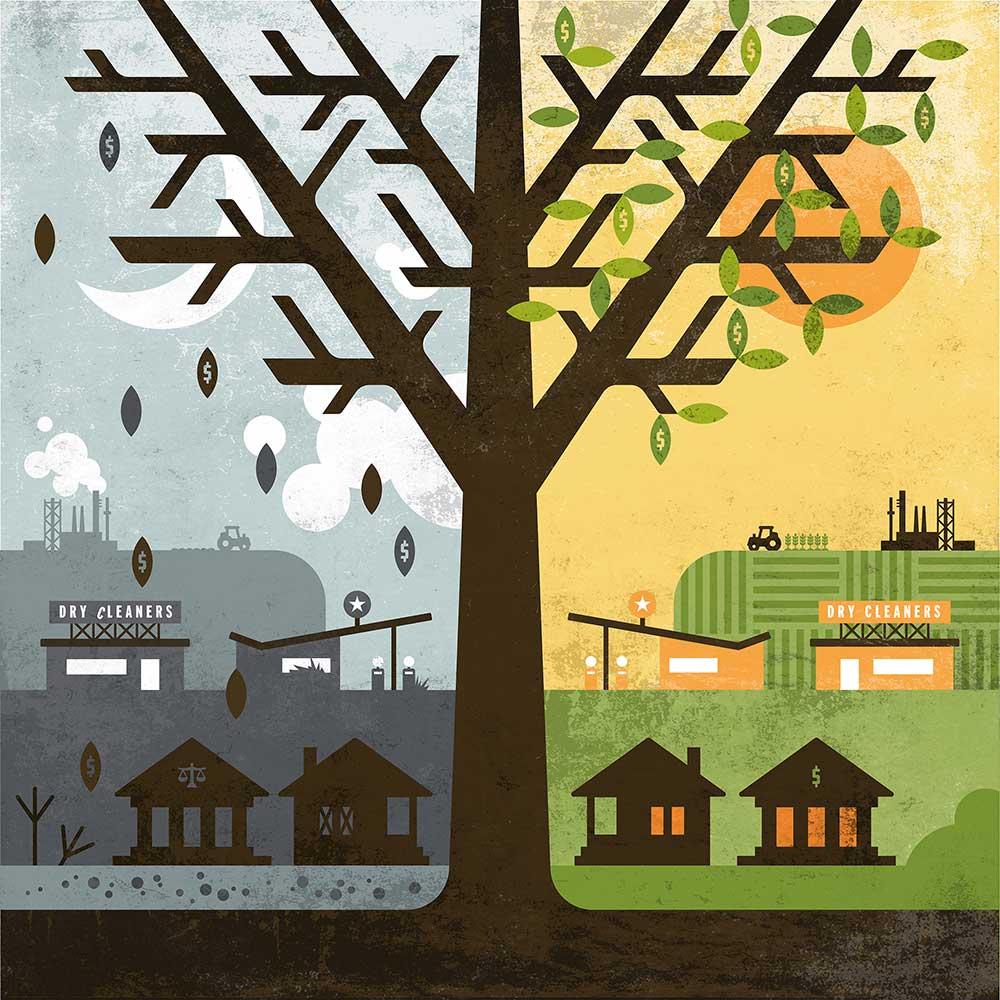
My intention is not to downplay the process because there is no denying the fact that environmental cleanup is a huge deal. They are very expensive, they take a long time to complete, and they require a high level of trust between the business owner and the environmental consultant that the project will be taken care of as efficiently, professionally, and economically as possible.
Get our five tips for hiring an environmental consultant and download our interview questionnaire.
I do understand, and fully respect, the concerns of prospective clients who are frightened of taking the leap into the unknown. A proactive approach is by far the most beneficial approach for the Potentially Responsible Party and/or the business owner because they can be in control of the situation rather than being reactive to a situation like a lawsuit from their neighbor.
UNPACKING THE ENVIRONMENTAL INVESTIGATION AND CLEANUP PROCESS
If you’ve read the Cleaner & Launderer column “The Environmental Corner”, you’ve read articles on a number of topics ranging from how historical insurance policies can be used to pay for cleanups to technical issues on how contamination can create vapors that can impact neighboring properties through vapor intrusion. The latter of the two topics is the key to all successful environmental cleanups and conversely, is also what usually confuses people the most.
Vapor intrusion concerns are often associated with environmental investigation and remediation projects Brownfields sites, dry cleaners, gas stations, commercial buildings, multi-unit residential, schools and large buildings. These concerns can impact public health and property values so they aren’t to be taken lightly or slowly. The earlier the vapor intrusion concern is discovered, investigated and remedied the better it’ll be for everyone involved.
To learn more about the environmental investigation and environmental cleanup process, read our 101 series: Environmental Investigations 101: Understanding PCE Contamination and Environmental Cleanup 101: Understanding what to expect during the remediation process.
FINDING THE FUNDS TO PAY FOR ENVIRONMENTAL INVESTIGATION AND CLEANUP
Another area where business and property owners find challenges is finding the funds to pay for the environmental investigation and cleanup. Some opt to pay out-of-pocket because they don’t know there are other funding options available.
Old Commercial General Liability insurance policies, and by “old,” I mean policies that pre-date an Absolute Pollution Exclusion, which in most states is before ~1986, can pay for your environmental investigation and cleanup.

You’re probably asking yourself, “Wait, I can use my old insurance policies to pay for my environmental cleanup?”. Right now is when we can add “too good to be true” as another one of those phrases I hear so regularly, but dependent upon a few criteria it is true, and it’s why we encourage people to locate their old policies and store them in a fireproof storage box. There is a service for locating lost insurance policies, called Insurance Archeology if you are in need of assistance in finding yours.
I do stress that a proactive approach to all things environmental is truly the most beneficial way to go, for any business or property owner with a possible environmental liability on their hands. Waiting for someone to discover your contamination and pin it on you is a recipe for disaster, and anyone who has been in that position, which is becoming a more and more common occurrence, will tell you that it is not a pleasant one to be in.
If you are ill-prepared when an environmental issue is placed in your lap, it could mean thousands of dollars, in some instances, tens of thousands, of out-of-pocket costs. A proactive approach means that you are in command of the situation and by being in front of the issue, you will save yourself a lot of stress and money. Don’t leave environmental contamination for your family and loved ones, or even strangers, to deal with.
Consult with us, it’s free and it’s confidential.
 Dru Carlisle, Director of Drycleaner Accounts
Dru Carlisle, Director of Drycleaner Accounts
For over 10 years, Dru has helped numerous business and property owners facing regulatory action, navigate and manage their environmental liability. Dru has vast experience in assisting dry cleaners in securing funding for their environmental cleanups through historical insurance policies. Dru is a member of numerous drycleaning associations in addition to serving on the Midwest Drycleaning and Laundry Institute (MWDLI) advisory council and on the Drycleaning & Laundry Institute Board (DLI) as an Allied Trade District Committee Member.
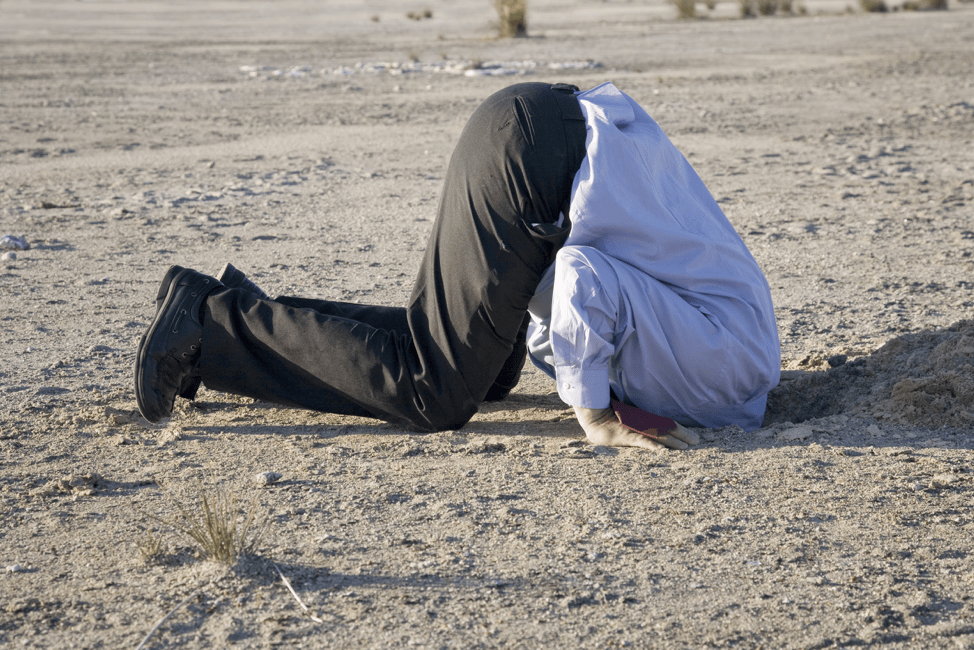

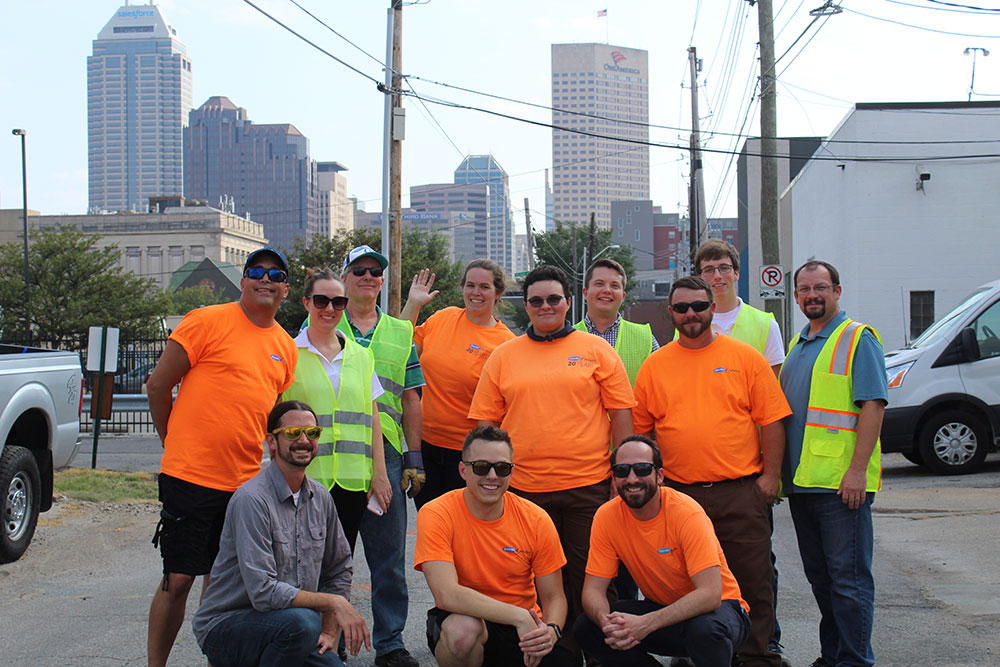
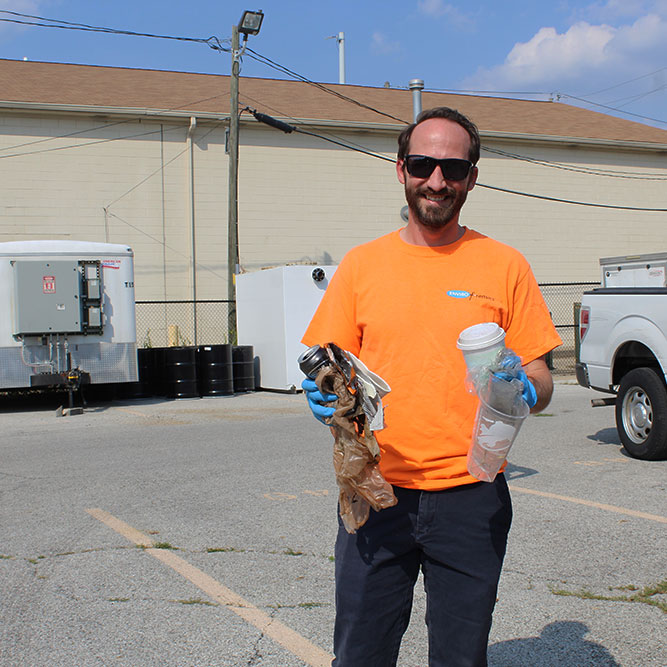





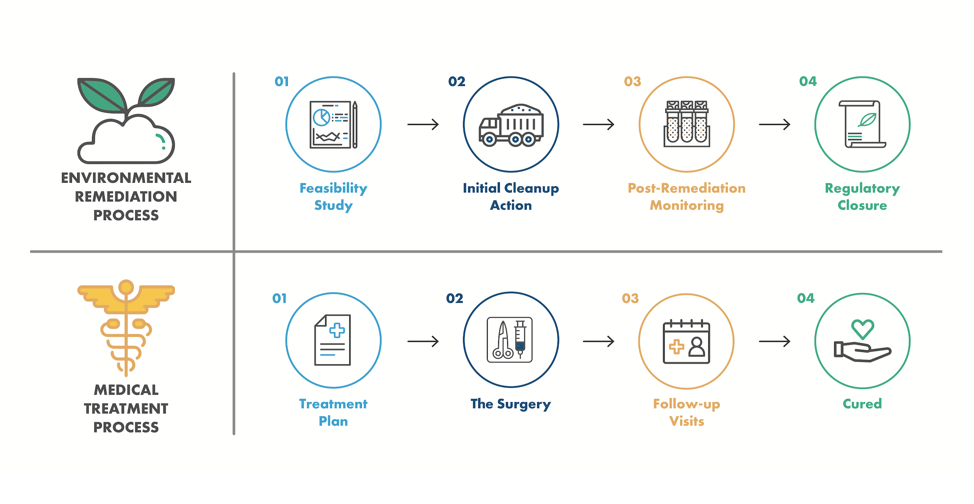
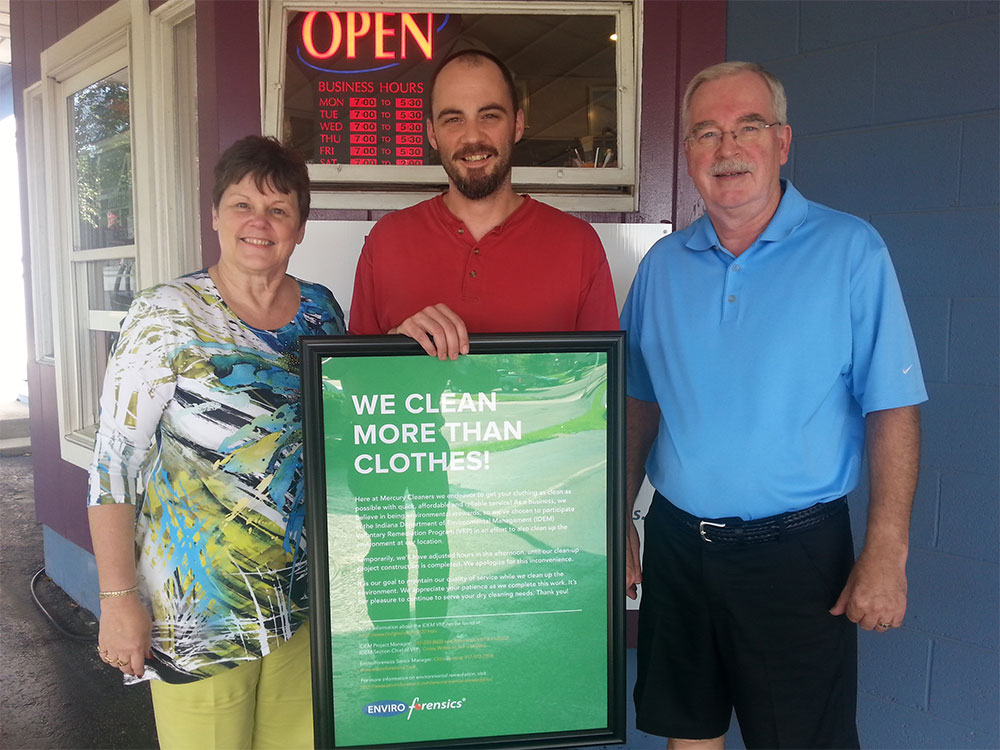
 Jeff Carnahan, President at EnviroForensics
Jeff Carnahan, President at EnviroForensics

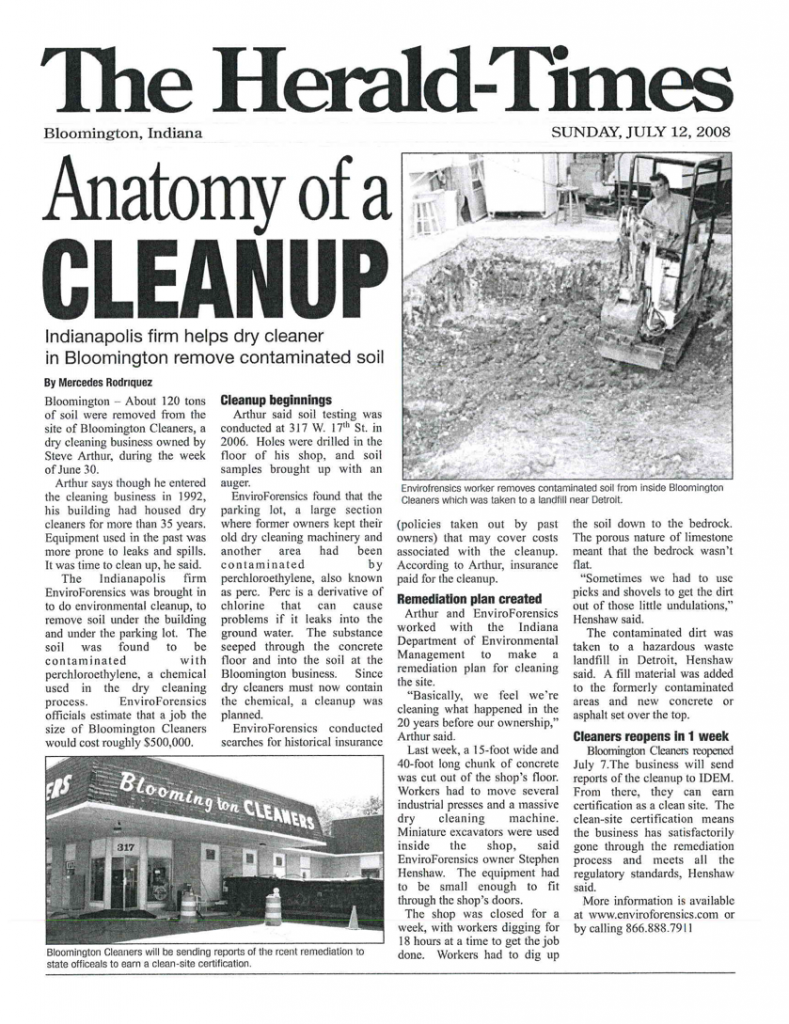
 Stephen Henshaw, CEO at EnviroForensics & PolicyFind has over 30+ years of experience and holds professional registrations in numerous states. Henshaw serves as a client manager and technical manager on complex projects involving contaminated and derelict properties, creative litigation, deceased landowners, tax liens, non-performing banknotes, resurrecting defunct companies and cost recovery. Henshaw’s expertise includes a comprehensive understanding of past and current industry and waste handling practices and the fate and transport of chlorinated solvents in soil and groundwater. He has served as a testifying expert for plaintiffs and defendants on high profile cases involving causation and timing of releases, contaminant dispersion, allocation, damages, past costs, and closure estimates. He has a strong knowledge of state and federal regulations, insurance law, RCRA, and CERCLA. He has managed several hundred projects including landfills, solvent and petroleum refineries, foundries, metal plating shops, food processors, dry cleaners, wood treating facilities, chemical distribution facilities, aerospace manufacturing facilities, and transporters and provides strategy instrumental in funding projects and moving them to closure.
Stephen Henshaw, CEO at EnviroForensics & PolicyFind has over 30+ years of experience and holds professional registrations in numerous states. Henshaw serves as a client manager and technical manager on complex projects involving contaminated and derelict properties, creative litigation, deceased landowners, tax liens, non-performing banknotes, resurrecting defunct companies and cost recovery. Henshaw’s expertise includes a comprehensive understanding of past and current industry and waste handling practices and the fate and transport of chlorinated solvents in soil and groundwater. He has served as a testifying expert for plaintiffs and defendants on high profile cases involving causation and timing of releases, contaminant dispersion, allocation, damages, past costs, and closure estimates. He has a strong knowledge of state and federal regulations, insurance law, RCRA, and CERCLA. He has managed several hundred projects including landfills, solvent and petroleum refineries, foundries, metal plating shops, food processors, dry cleaners, wood treating facilities, chemical distribution facilities, aerospace manufacturing facilities, and transporters and provides strategy instrumental in funding projects and moving them to closure.